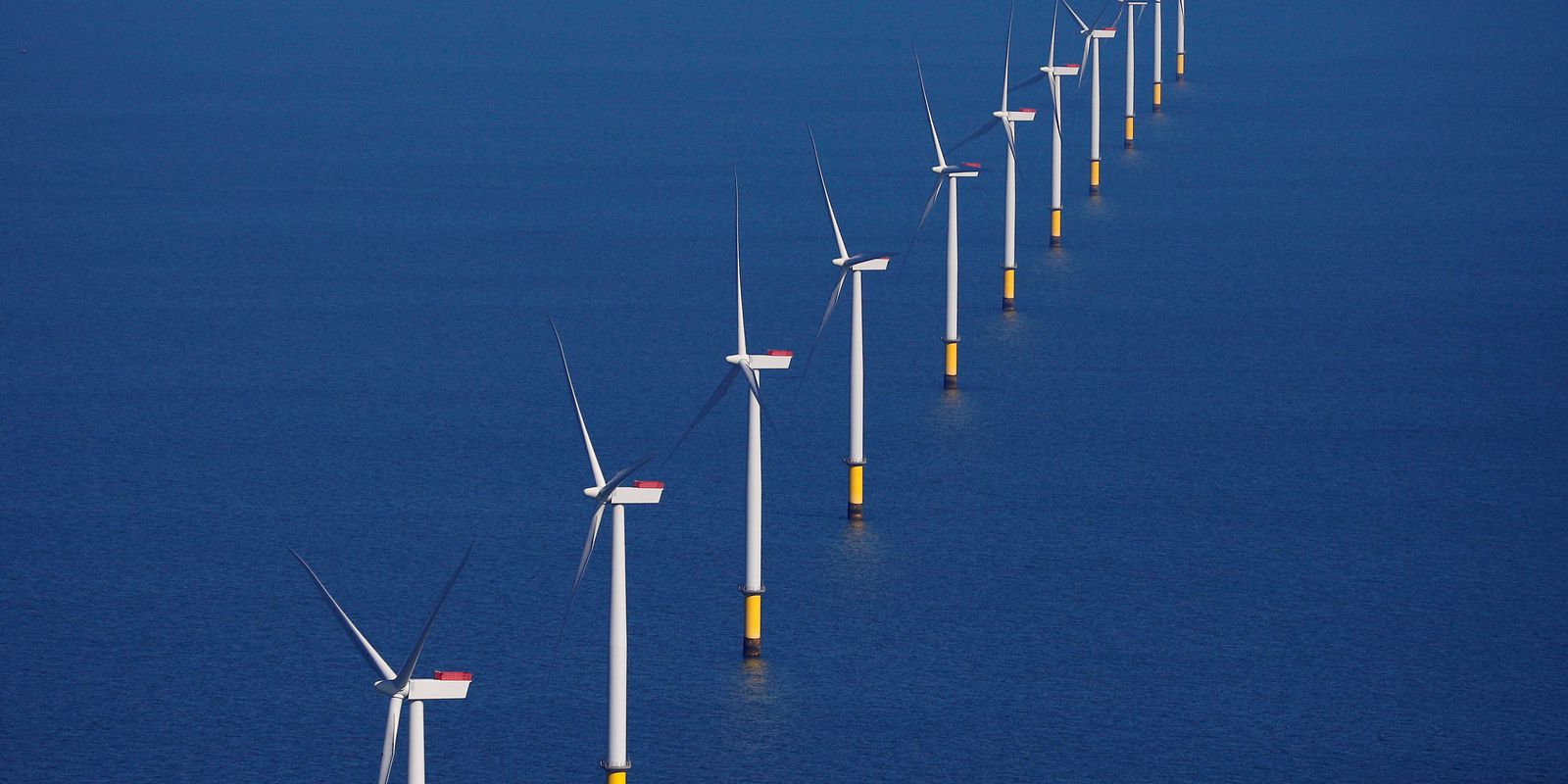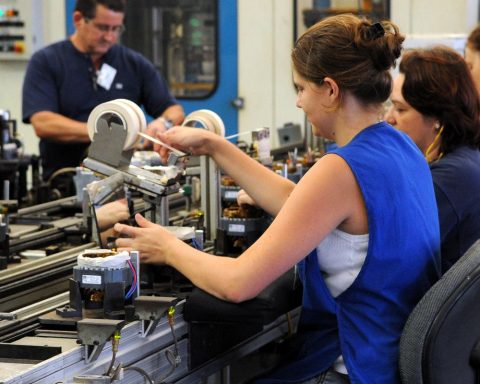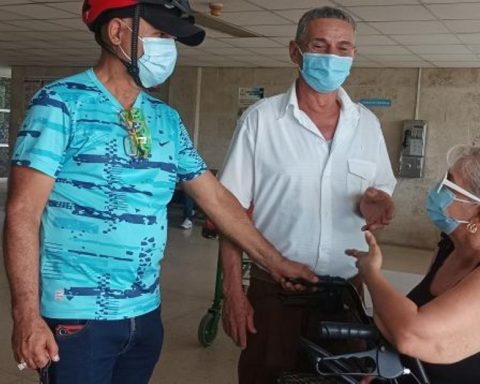Wind power plant construction projects offshore for the generation of electricity are seen by the shipbuilding industry as an opportunity for shipyards to diversify their customer base. The theme was one of the highlights of the Naval Panorama in Rio de Janeiro 2022, a document launched today (16) by the Federation of Industries of the State of Rio de Janeiro (Firjan).
The shipyard sector has been experiencing a recovery considered “shy” since 2019, according to Firjan, with the generation of 6,000 jobs. Despite the balance being positive, the current level of jobs still represents only a quarter of what there was in 2014.
In this scenario, projects with requests for environmental licensing for wind farms at sea appear on the horizon as a possibility to warm up the sector, which already has experience in projects offshore of the oil and gas industry, one of its main customers.
The document published by Firjan includes an article by the National Union of the Naval and Offshore Construction and Repair Industry (Sinaval), estimating that, in a five-year horizon, wind farms will be a heated sector with demand for shipyards, which could even even integrate the structures to what already exists in the ocean for oil exploration.
“Floating platforms in the oil and gas industry can be adapted without major complexities, taking advantage of their structures and fixing them to the bottom of the sea, thus obtaining excellent stability for the turbine installed on the topside of the platform. structures can be assembled on land and then towed to the high seas, making the operation more efficient and safer”, highlighted the union of shipyards.
Projects
Firjan’s Oil, Gas and Naval manager, Karine Fragoso, believes that areas already granted for oil and gas exploration could also house wind generation projects offshore?? he assesses that the integration of the two chains can facilitate the viability of the projects.
“These wind projects offshore can bring construction opportunities to Brazilian shipyards, whether of parts and pieces, or of a larger structure”, he said. “We need to better understand how the productive chain works in this type of market, which we already have today installed here in Rio de Janeiro and in Brazil that can support this type of construction and what we need to attract.”
Karine Fragoso explained that the naval industry in the state of Rio de Janeiro represents almost 50% of the sector in the country. In a scenario of fewer orders for large vessels and structures by the oil and gas industry, many shipyards managed to survive the years of crisis in the country, carrying out repairs, maintenance and small constructions.
“We perceive, among the opportunities, the demands that emerged from the Brazilian Navy”, he added, recalling that Rio de Janeiro is the state where the 1st Naval District and most of the Navy’s fleet are located. “These demands, in fact, have been collaborating in this resumption of the shipbuilding industry in Brazil.”
The Firjan manager pointed out that demand from the Armed Forces is used in other countries as a reinforcement for the naval sector at times when the private market is sluggish. “France uses this mechanism a lot. When there is a decline in the private market, the demands of the Navy come in, so that it can help the activity of the naval industry.”
In a week in which the collision of an abandoned ship against the Rio-Niterói Bridge surprised the population, Karine Fragoso stressed that it is necessary to shed light on the problem of stopped vessels in Guanabara Bay.
“It is a reality that is not unknown to all of us, but it is a reality that we end up not seeing”, he said. “There are several bodies that need to look at this question and provide this answer. For that, it is necessary to have a maestro, an effort coordinator.”

















